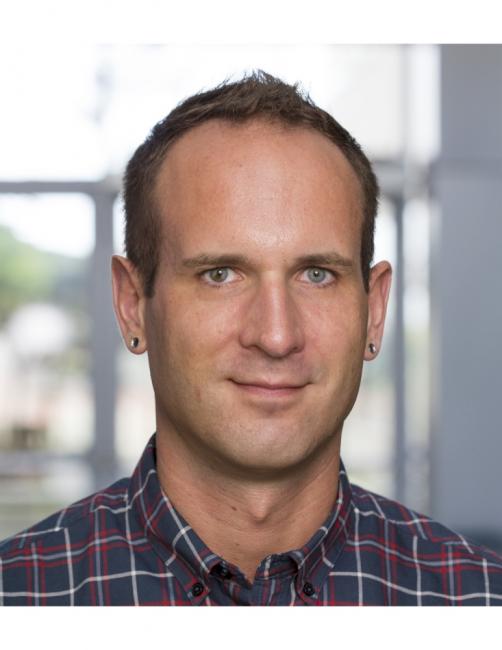Viscous dynamics of passive and active microfilaments
Events | Mechanical Engineering
Viscous dynamics of passive and active microfilaments
September 30, 2019 8:30 AM

Speaker
David Saintillan
Location
ESB 1001
Type
Seminar
Elastic filaments and semiflexible polymers are ubiquitous in biology, where they play a role in cell mechanics and locomotion as well as for fluid transport on the microscale. In this talk, I will discuss two problems involving the interaction of such filaments with fluid flows. The first problem focuses on the dynamics of passive elastic fibers in compressional flow. Experiments performed at ESPCI reveal that these semiflexible polymers buckle under sufficiently strong flows in presence of compressive viscous forces. The buckling induces a spontaneous symmetry breaking that leads to formation of helicoidal morphologies. I will discuss our detailed simulations that reproduce the experimental observations and mention scaling arguments that help to characterize the emerging morphologies. I will then outline a weakly nonlinear theory of post-buckling mode interaction that explains how free filaments spontaneously form helices and highlights why helical coiling is so ubiquitous in strain-dominated flows. In the second problem, I will describe a microscopic model of the flagellar axoneme that retains the essential structural details and incorporates the physics of molecular motors. Under sufficiently high activity of the molecular motors, these active filaments undergo a Hopf bifurcation that leads to spontaneous oscillations. Our model is able to capture various beating patterns ranging from sperm like waveforms to cilia and Chlamydomonas. Using this model we study elasto-hydrodynamic synchronization between filaments. Our computations reveal various conditions where both in-phase and anti-phase synchrony can emerge and elucidate the mechanism for phase slips due to biochemical noise. Model predictions agree with recent experiments and illuminate the crucial roles of hydrodynamics in synchronization.
Bio: Professor David Saintillan received a B.S. in Engineering from Ecole Polytechnique, France, in 2001, and an M.S. and a Ph.D. in Mechanical Engineering from Stanford University in 2003 and 2006. He then worked as a Junior Research Scientist at the Courant Institute of Mathematical Sciences of New York University from 2006 to 2008, and as an Assistant Professor of Mechanical Science and Engineering at the University of Illinois at Urbana-Champaign from 2008 to 2013. He joined the University of California San Diego in 2013, where he is a Professor of Mechanical and Aerospace Engineering. He currently serves as a Member-at-Large on the Executive Committee of APS Division of Fluid Dynamics, and on the editorial boards of Physical Review Fluids and Physical Review X.